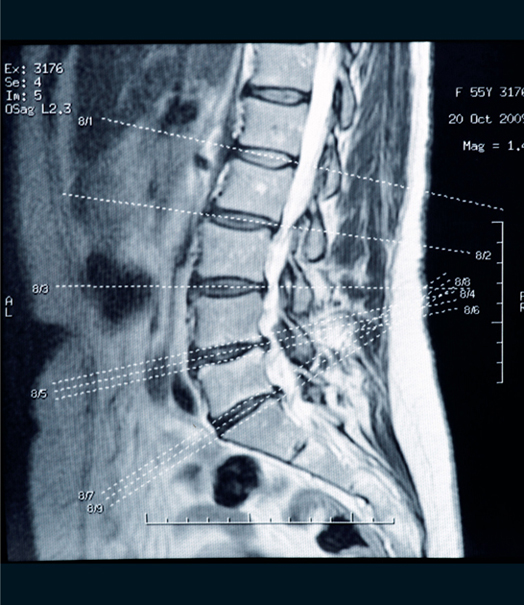1977
MRI
Raymond Vahan Damadian (b. 1936)
Think about how useful it is for a doctor to be able to see inside the human body without cutting it open. A doctor can detect things like broken bones, tumors, internal bleeding, etc.
Flat X-ray images provided the first window inside. They are good for looking at bone problems. CT scanners take X-rays to the next level and create a 3D view. The problem, however, is that X-rays create a cancer risk because they use ionizing radiation.
Then American medical practitioner Raymond Vahan Damadian figured out a new way to look inside the body in 1977. If the body is placed in an impressively strong magnetic field, it is possible to locate a specific point inside the body (imagine a millimeter-sized cube) and get a reading off the hydrogen atoms it contains. Differences in hydrogen atom signals identify different types of tissue. By probing millions of these tiny cubes inside the body, a computer can construct a very accurate 3D image.
Once the science got figured out, it was time for engineers to make MRI scanners that work as precisely, reliably, inexpensively, and safely as possible. One big problem is the magnetic field that the MRI machine requires. The field needs to be uniform, with a strength of 2 teslas or more. Usually a set of ring-shaped electromagnets creates this field, with the patient lying inside the center of the rings. For these magnets to be reasonable in terms of size and power consumption, they are cooled with liquid helium to make them superconducting. The use of liquid helium creates its own engineering problems.
One goal of engineering is improvement over time. With MRI machines, upgrades include the speed of the machine and the size of the cube that the machine can query. Higher-temperature superconductors would eliminate the need for liquid helium. There has also been progress in creating more open MRI machines to help people with claustrophobia. One day, home MRI machines? Maybe not, but engineers can dream.
SEE ALSO CT Scan (1971), Neodymium Magnet (1982).

MRI scan of a human spine.